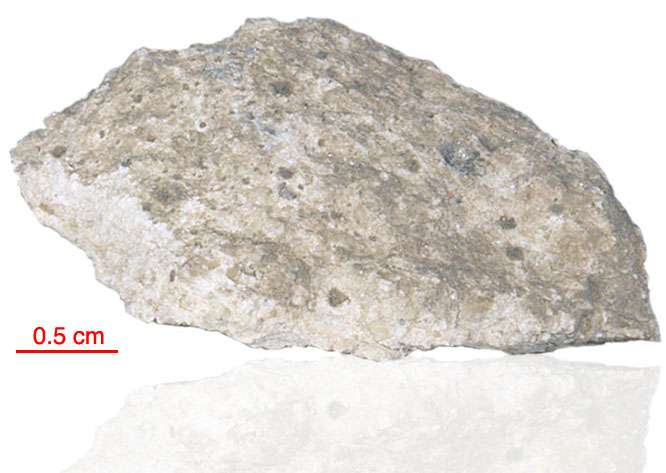
Fact sheet
72415–72418 were chipped from a large clast in breccia 72435. All pieces have the same mineralogy and texture. 72417 is made up of 93% olivine (Fo86-89), 4% plagioclase feldspar and 3% pyroxene. It also includes minute blebs of symplectite. It has been determined as very old and is inferred to be the product of the primary differentiation of the Moon. However, the old age needs confirmation. This dunite is comprised of angular to sub-rounded clasts of pale-green to yellow olivine set in a fine-grained, granulated matrix of mostly olivine. This cataclastic texture apparently resulted from simple crushing, without substantial recrystallization. Other minerals include pyroxene and plagioclase with minor troilite, metallic iron, Cr-spinel, whitlockite and armalcolite. The rock experienced a complex sequence of shock and thermal events as can be seen in the crystals shown in rotations 1 & 2.
The sample weighed 11.32 grams before analysis and has been dated at 4.55±0.1 billion years (Ar/Ar).
Further details of this and other Apollo samples are here: http://curator.jsc.nasa.gov/lunar/
Apollo 17, the final manned landing mission, had two objectives: to obtain samples of ancient rocks from the lunar highlands and to look for evidence of younger volcanic activity on the valley floor.
This small Collection contains material deriving from both periods, including igneous rocks around 4.3 billion years old from the lunar highlands as well as younger volcanic samples dating from about 3.6 billion years ago.
Apollo 17 was launched on 7 December 1972.






